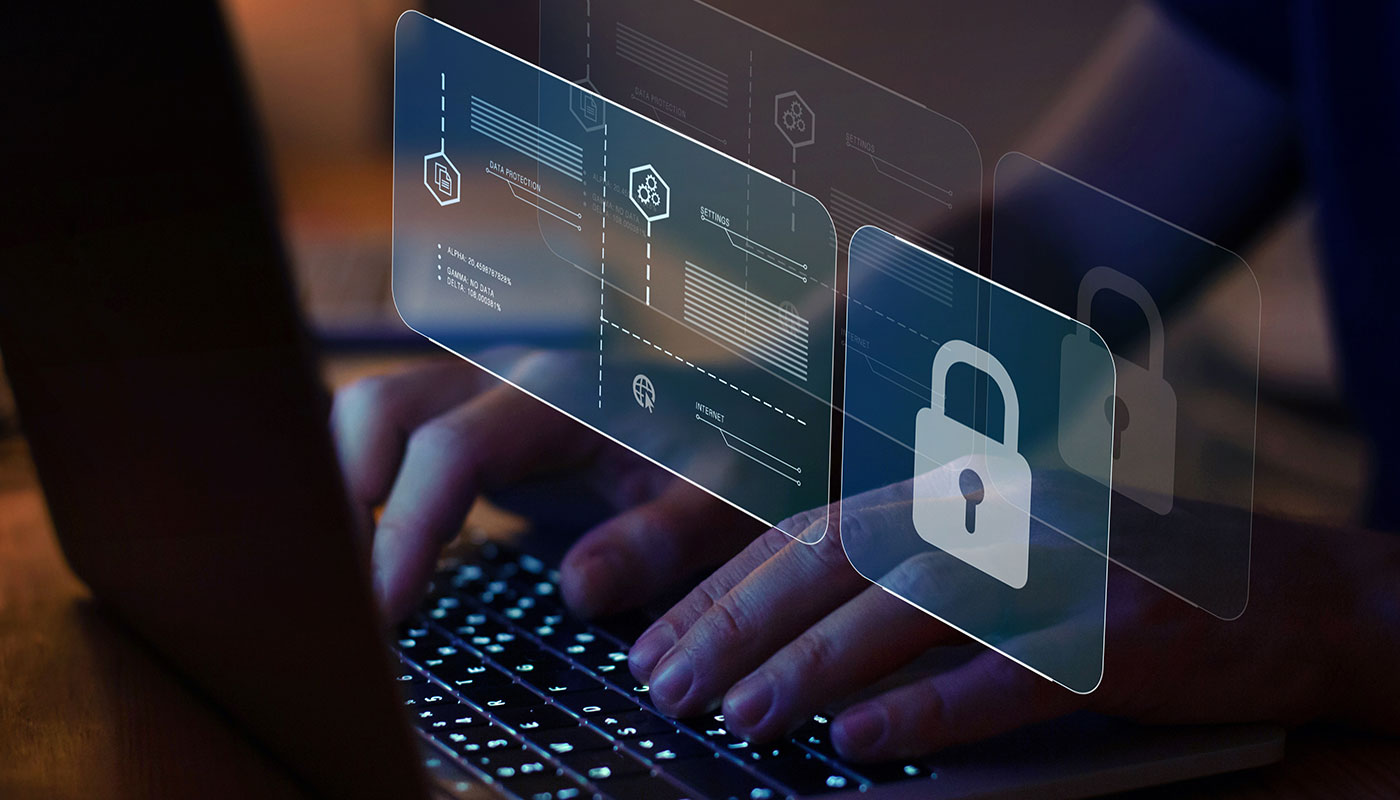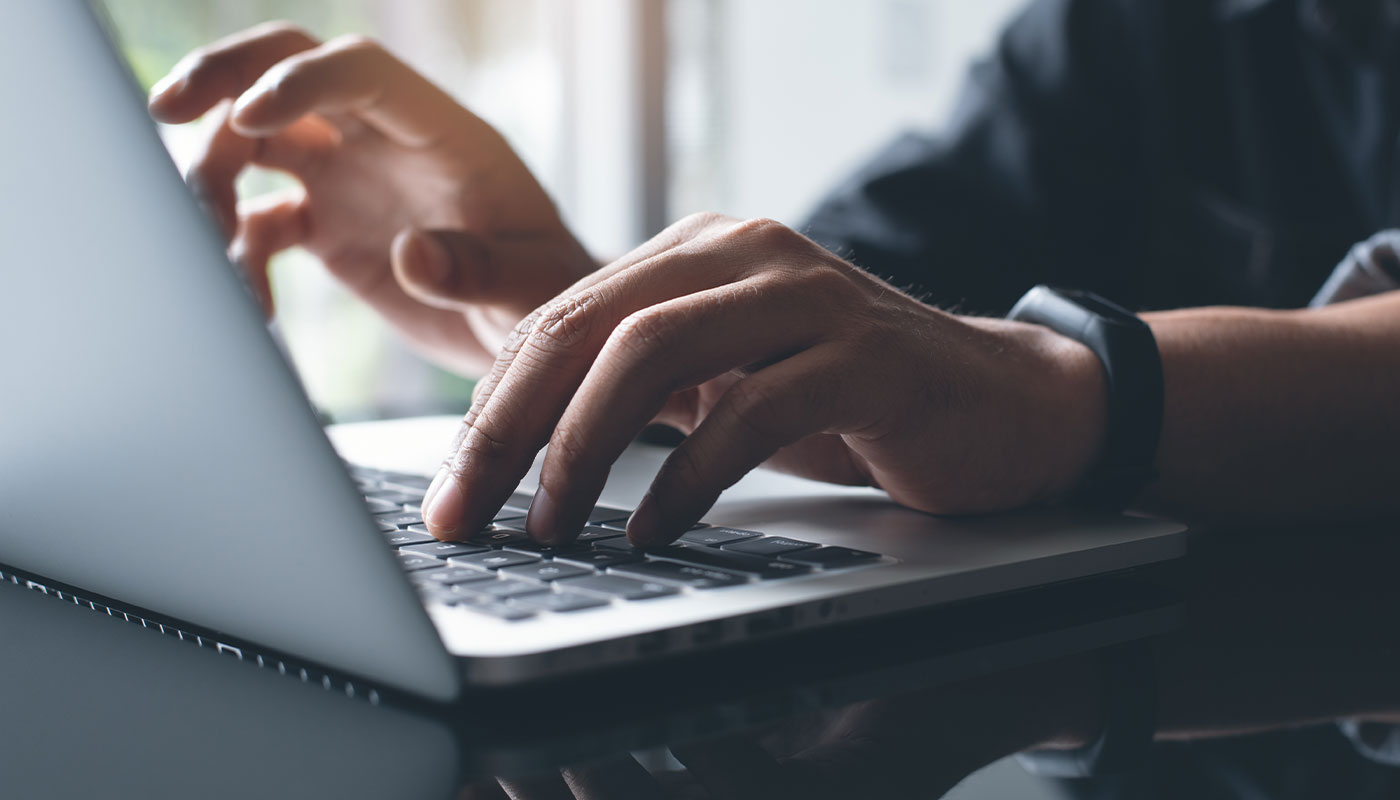Cyber security tips: Protect your data
Don’t miss the following tips about cyber security and start looking after your data on the internet with these simple practises. Don't wait any longer!
how to shop
Share

Technology and access to the internet have transformed the way we communicate and our consumption habits. As the amount of information we share online increases, we should increase the measures to protect our personal and financial information.
Why is cyber security important?
Although cyber security, or online safety, is used in particular for large volumes of data and sensitive information belonging to companies, as users, we should also take care of protecting our own personal data on our mobile phones or computers. As we increase our presence online, the risks also increase. Protecting personal and financial information is important to prevent threats like identity theft and other types of fraud and to keep our data safe in the event of a theft or loss of devices.
Follow these cyber security tips to protect your data.
10 cyber security tips
1. Use secure passwords: secure passwords should be long, complex and unique for each account. Avoid using passwords that are easy to guess, like dates of birth or names of pets and also common places or numbers like 0000 or 1234. Use a combination of letters, numbers and symbols to create a secure password.
2. Keep your devices updated: software updates often include important safety corrections. Make sure you keep your operating system, applications and security programmes up to date to protect your devices. When a security issue is detected, an update is generated, so, if we don’t update our systems, we are vulnerable to cybercriminals.

3. Avoid connecting to public wifi networks: public wifi networks are extremely useful, especially if we are travelling, but they are often not secure. We recommend using a virtual private network (VPN) when you connect to a public wifi network to keep your information safe.
4. Don’t reveal personal information: avoid publishing personal information, such as your address, telephone number or national insurance number. This information can be used for identity theft.
5. Make backup copies: it is always worth having a backup copy of all of our data from the computer, telephone or tablet on a separate disc, preferably not always plugged in, or on a cloud server.
6. Use antivirus software: antivirus software can protect you from viruses, malware (malicious software) and other online threats. Make sure you always use antivirus software and keep it updated.
7. Learn to identify fraudulent emails: fraudulent emails, or phishing emails, can seem legitimate, but are designed to obtain personal or financial information. Learn to identify phishing emails and avoid clicking on suspicious links or downloading unknown attachments. They often seem like they are from the bank and ask us for data, or courier companies requesting we pay customs fees.
8.Check the URLs of websites you are browsing: when we receive emails with internet addresses (URL), before clicking and entering, you need to check the link properly to make sure it is legitimate and not one that is similar, but not exactly the same. We advise checking that the name corresponds to the real name and is not just similar. For example, some letters may have been changed or additional letters in the middle of the name. If it doesn't correspond to the real name, even if it looks very similar, it’s best not to enter the site.
9. Be careful with online purchases: in addition to the digital banking payment verification, you can contract a prepaid card or wallet system, which you can top up with a specific amount before making a purchase. For example, you can deposit an exact amount on that card to make sure that, if someone steals it, they cannot buy anything else.
10. Create an administrator and different user account: it is advisable to keep a user account with the administrator role solely for installing programmes and configurations, and create another different user account for each person that uses the computer. That way, we can keep control of the basic configuration through the administrator and are less exposed to threats.






